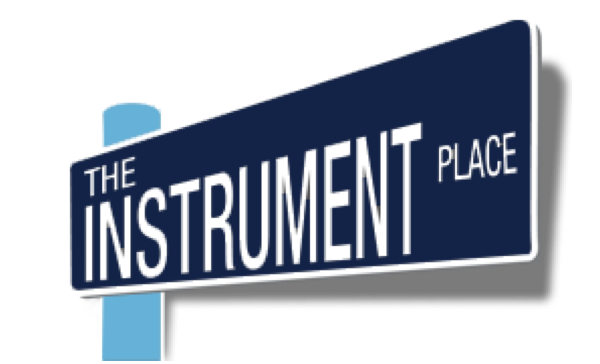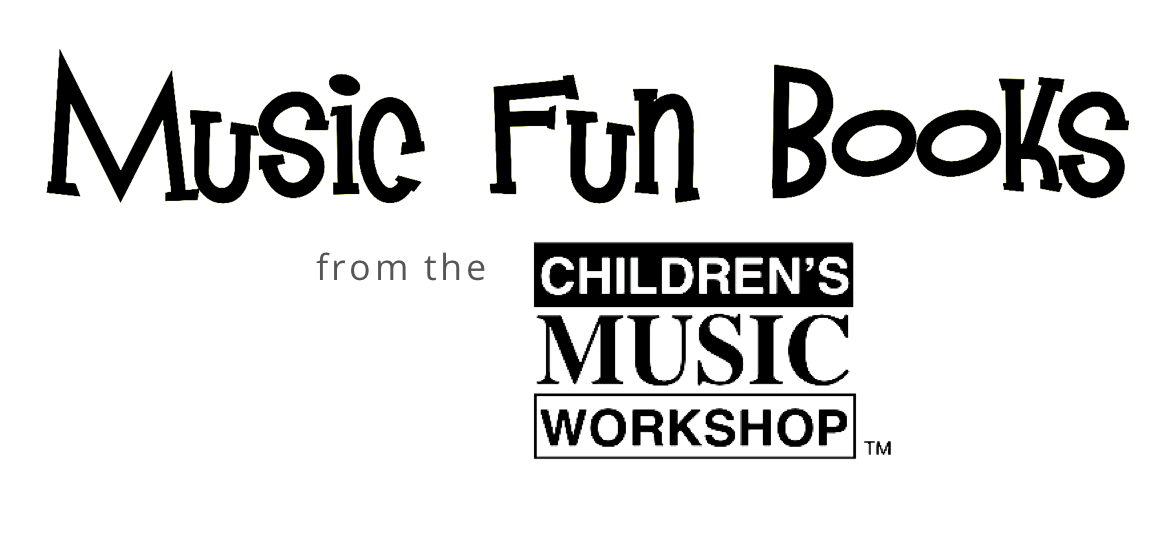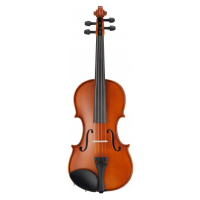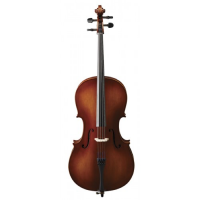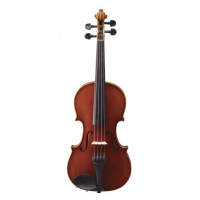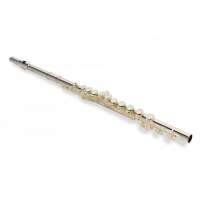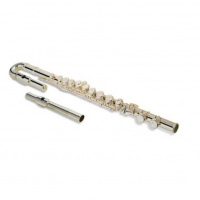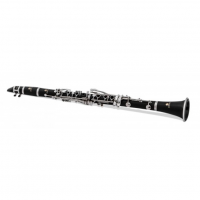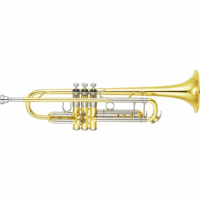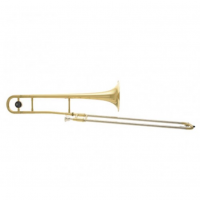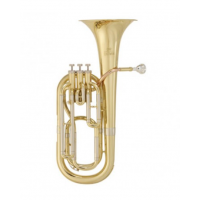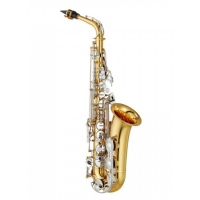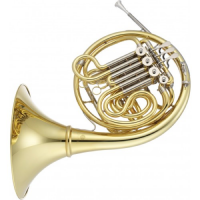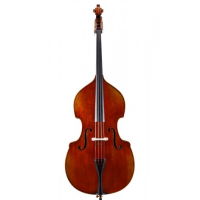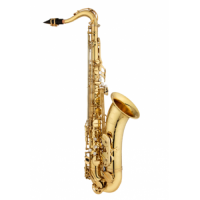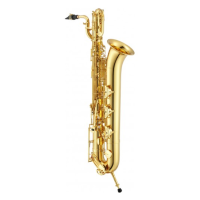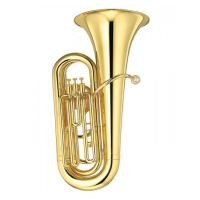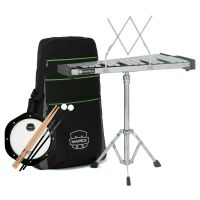History of the Trombone
How well do you know the history of the trombone?
The trombone is an old and enduring instrument that has been around in a form not too far removed from the modern trombone for over 500 years.
The trombone's predecessor was a Belgian instrument known in England as a "sackbutt" that had a curved tube shape reminiscent of a paperclip, an extended slide section and a voice in the tenor register. While it looked quite a bit like the modern trombone, albeit with an extra twist in the middle of the tubing, it had a much smaller flare. Most sackbutt flares end at five inches or less in diameter. The sackbutt was typically equipped with a small set of extra tubes known as "crooks" which could be used to change the sackbutt's pitch and register as needed.
Historians put a date of 1450 on the earliest of the sackbutts, though the earliest surviving examples today are from the 1500s. They were well known in sacred music and entered the orchestra in the 1700s. By that time, the sackbutt had been expanded into a family that included contrabass, bass, alto and tenor members. The instrument was thought of as one that was particularly flexible from an emotional standpoint: able to deliver both bombast and pathos.
When exactly the name trombone became more in fashion to replace sackbutt is not known. But the word "trombone" means "large trumpet" in Italian and German. In fact, the trombone had such power that it was frequently called on by the composer for passages where pure volume was needed. It was also the occasional butt of jokes that depicted the trombonist as always playing too loud, including a famous quip by composer Richard Strauss, who claimed to never look at the trombone section as it "only encourages them."
This bombastic reputation was partially the result of expanding orchestra size and composer ambition in the 1800s. This trend led to a widening of the bell of the trombone to expand the volume of its sound. The sharper, more penetrating tone also worked perfectly for small combos and made the instrument a natural choice for jazz. From jazz's earliest days in the 1870s right through the modern day, the trombone has played a prominent role in all the seminal groups and recordings.
The 1800s also saw the emergence of star soloists for the first time, including C.T. Queisser, F.A. Belcke, and A.G. Dieppo. Though the instrument did not evolve much beyond this point, there were improvements made in the structure of the slide and the addition of a water key.
Symphonic and sacred composers gave the trombone wide and varied use over the centuries all the way to what they thought were the limits of the instrument's abilities. But jazz players extended this playing knowledge even further with innovative use of mutes, methods for extending the useful range, slide technique and the discovery of a vibrato method that is now in wide use.
The modern trombone family has five main members: contrabass, bass, tenor, alto and soprano.
Unlike most other brass and woodwind instruments, the trombone was a fully chromatic instrument from its earliest development. Many other orchestral instruments required centuries of experimentation and innovation to produce fully chromatic versions that had even intonation and tone across the instrument's full range. The trombone had none of these issues.
Famous Trombone Players
The trombone is equally at home in the orchestra and the jazz hall and is often heard blasting from a horn section in rock and pop music as well.
Famous classical trombone players include Joseph Alessi, Alain Trudel, Ian Bousfield, Christian Lindberg, Ralph Sauer, Branamir Slokar, Dudley Bright, Ron Barron, Jay Friedman, Abby Conant, John Marcellus, Weston Sprott ,Chris Houlding and Denis Wick.
Well known jazz trombone players include Brandon Marsalis, Frank Rosolino, J.J. Johnson, Wycliff Gordon, Albert Masingdorf, Bill Watrous, Don Lusher, Jack Teagarden, Arthur Pryor, Lawrence Brown, Nick Hudson, Curtis Fuller, Carl Fontana, Tommy Dorsey, Al Grey, Slide Hampton and Kid Ory.
In rock and pop music, the trombone has been heard prominently in bands such as Chicago, Huey Lewis and the News, Prince and Blood, Sweat and Tears.
